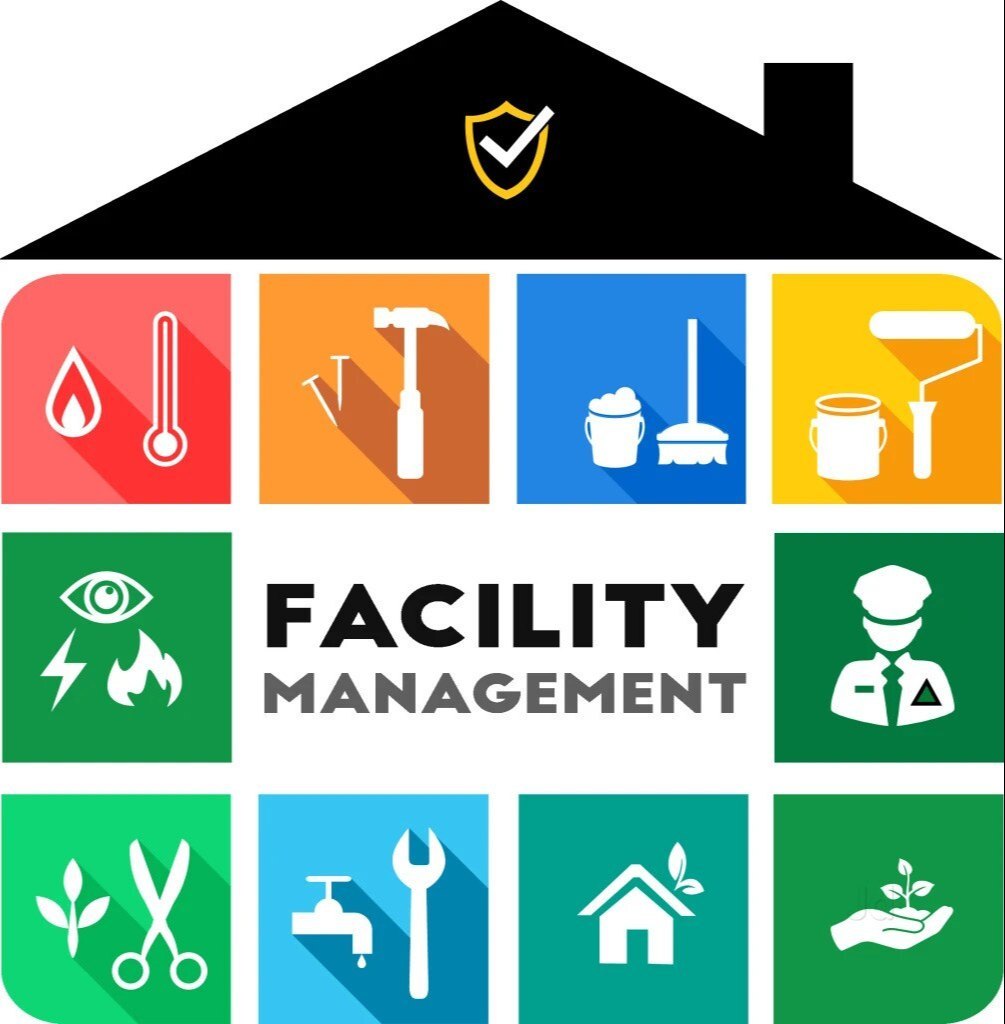Facility Management Services-- Ensuring Security and Upkeep
Facility Management Services-- Ensuring Security and Upkeep
Blog Article
Secret Fads Forming the Future of Center Monitoring in 2024
As we look in advance to 2024, the landscape of center management is positioned for substantial change, driven by several essential fads. The combination of wise structure innovations and a shift in the direction of data-driven decision-making pledge to enhance functional efficiency while focusing on sustainability in practice.
Smart Structure Technologies

Smart structure innovations incorporate a wide range of systems, consisting of smart lighting, HVAC controls, and security systems. By incorporating these systems, center managers can keep track of and adjust parameters in real-time, leading to substantial decreases in power waste and functional prices. Wise sensing units can find tenancy degrees and adjust lights and temperature appropriately, ensuring that energy is only used when needed.
Furthermore, these technologies help with boosted information collection, allowing companies to track use patterns and determine opportunities for further improvements. The execution of wise structure technologies not only adds to sustainability goals yet also produces healthier workplace that can enhance staff member performance and fulfillment.
As we move into 2024, the adoption of smart building innovations will likely speed up, reflecting a more comprehensive change towards more intelligent, responsive, and sustainable facility monitoring practices.
Data-Driven Choice Making
Significantly, organizations are leveraging data-driven decision making to enhance facility administration methods. By taking advantage of data analytics, facility managers can obtain workable insights that significantly boost operational performance and resource appropriation. The combination of innovative technologies, such as IoT sensors and real-time tracking systems, makes it possible for the collection of vast quantities of information on building performance, occupancy prices, and energy consumption.
This wide range of information enables facility supervisors to determine trends, predict upkeep requirements, and proactively address problems before they escalate. As an example, anticipating analytics can forecast devices failures, decreasing downtime and repair costs. Additionally, information visualization tools facilitate much better communication amongst stakeholders, ensuring that educated decisions are made collaboratively.
Furthermore, data-driven methods improve calculated preparation by allowing center managers to examine the performance of existing methods and make informed choices relating to financial investments in innovation or infrastructure. As organizations increasingly prioritize operational excellence, data-driven decision production is positioned to come to be a foundation of effective center monitoring approaches in 2024 and beyond. Eventually, the ability to leverage data effectively will encourage organizations to create extra effective, productive, and resilient centers.
Sustainability and Eco-friendly Practices
The emphasis on data-driven decision making normally lines up with the expanding emphasis on sustainability and green techniques within facility monitoring. As organizations significantly prioritize ecological obligation, center managers are leveraging analytics to maximize resource use, decrease waste, and decrease carbon footprints. This critical strategy enables the integration of energy-efficient systems, such as LED lighting, wise HVAC controls, and renewable resource sources right into facility procedures.
Moreover, the execution of sustainable methods expands beyond power intake. Facility supervisors are taking on green materials and advertising reusing initiatives to produce a round economy within their facilities. This not only boosts the ecological profile of the organization however additionally fosters a culture of sustainability amongst staff members.
Compliance with environmental guidelines is another vital facet driving the adoption of green practices. By making use of information analytics, facility managers can keep track of compliance metrics and determine areas for enhancement, making certain adherence to international and local sustainability requirements.
Crossbreed Work Versions
A significant shift in the direction of hybrid work models is improving the landscape of center management in 2024. This paradigm combines remote and in-office job, read the article demanding a reevaluation of space use, source allotment, and worker engagement approaches. Organizations are increasingly identifying the importance of versatile work spaces that cater to varied needs and choices.
Facility managers need to adjust by applying versatile office designs that support collaborative efforts while offering areas for focused work. This includes the combination of innovation to assist in smooth interaction and partnership among remote and in-office workers. Smart building services, furnished with analytics and sensing units, permit real-time tracking of space usage, enabling companies to maximize their settings effectively.
In addition, hybrid job models stress the need for reliable facility monitoring that best site prioritizes worker experience. In essence, the hybrid job model is reinventing facility administration, urging a proactive technique to meet the progressing needs of the workforce.
Improved Owner Wellness
As organizations welcome hybrid job models, an increased concentrate on owner wellness is ending up being important to center management techniques. Facility Management. This change identifies that a satisfied and healthy workforce straight affects performance and retention prices. Center supervisors are currently prioritizing environments that promote mental and physical well-being, integrating aspects such as all-natural lighting, biophilic layout, and accessible wellness resources
Technology plays an important duty in this advancement. Smart building systems can keep track of environmental aspects and readjust setups in real-time, ensuring optimal comfort levels - Facility Management. Comments systems, such as occupancy sensors and employee surveys, allow center supervisors to consistently improve wellness efforts based on passenger requirements.

Final Thought
In click now 2024, the future of facility monitoring will certainly be dramatically affected by the combination of smart building modern technologies and data-driven decision-making, cultivating enhanced operational efficiency. These fads jointly highlight the developing landscape of center monitoring in action to contemporary obstacles and possibilities.
Facility supervisors are advertising and adopting eco-friendly products recycling initiatives to create a round economic climate within their centers.A considerable shift in the direction of hybrid job designs is improving the landscape of facility monitoring in 2024.Additionally, hybrid job models stress the requirement for reliable facility monitoring that prioritizes staff member experience.As organizations embrace hybrid job versions, an increased focus on resident wellness is becoming important to facility administration approaches.In 2024, the future of center monitoring will be substantially influenced by the combination of clever building technologies and data-driven decision-making, cultivating boosted functional efficiency.
Report this page